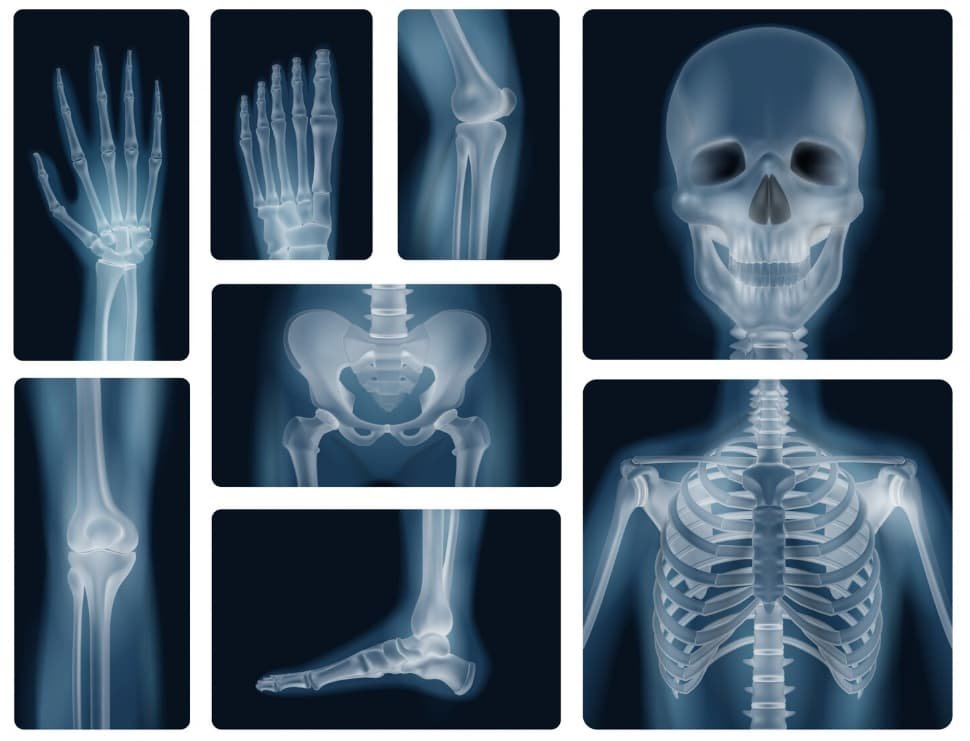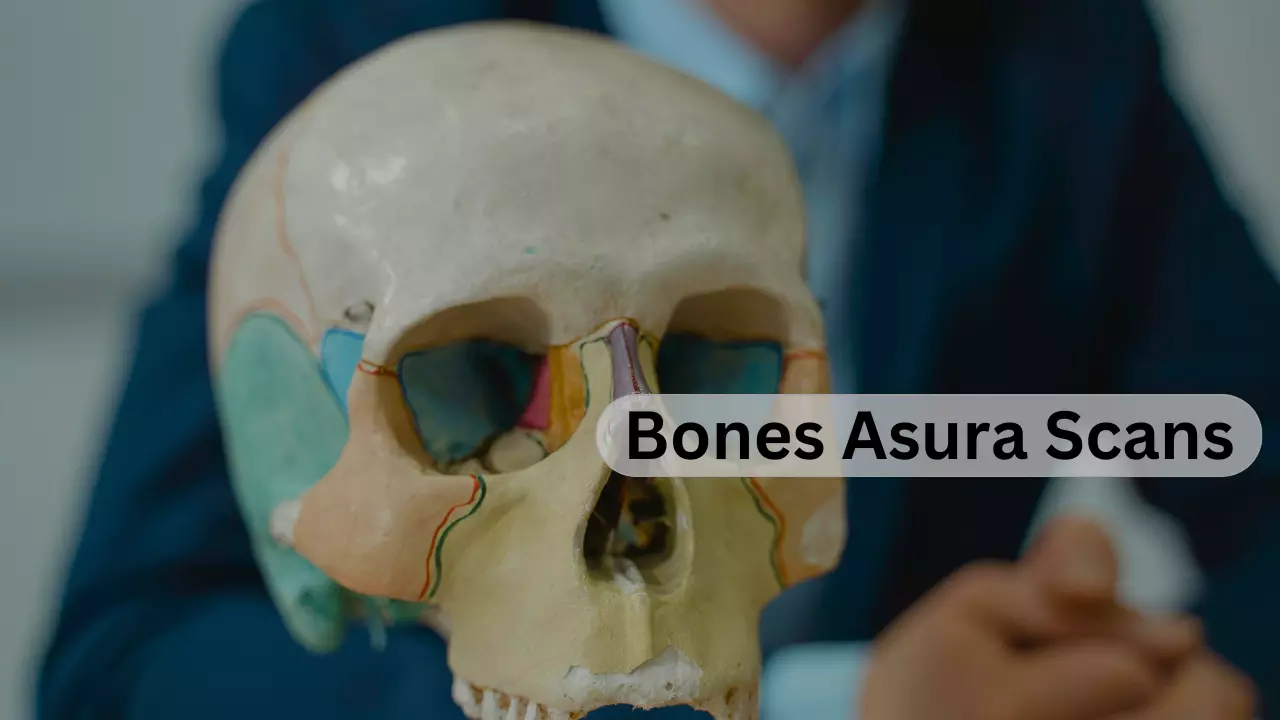- Introduction to Bones Asura Scans
- The History and Development of Bones Asura Scans
- How Bones Asura Scans Work
- Medical Applications of Bones Asura Scans
- Uncovering Ancient Secrets with Bones Asura Scans
- Impact on Forensic Science and Criminal Investigations
- Controversies Surrounding Bones Asura Scans
- Future Possibilities and Advancements in the Technology
- Conclusion: The Continuing Evolution of Bones
- FAQs
Introduction to Bones Asura Scans

What do you think of when you hear “Bones Asura Scans”? Perhaps it’s a fantastic fusion of science and enigma, where ancient mysteries meet cutting-edge technology.
These scans have changed our perception of both contemporary medicine and historical artifacts. Imagine looking inside bones themselves, thereby revealing unseen episodes.
Bones Asura Scans, however, are much more than medical milestones or tools used to find a lost civilization; they act as doorways into unseen worlds.
As we embark on this journey with you through eight incredible discoveries made possible by this magnificent technology, whether you are just interested in learning or aspiring to be a healthcare professional or archaeologist, you will love them all.
The History and Development of Bones Asura Scans

Bone Asura Scans have come a very long way from their beginnings. They started with traditional imaging methods that showed little about bone structures.
Researchers initially wanted to improve the visibility and details of skeletal tests. This led to the use of computer programs in conjunction with X-rays, which created advanced imaging technologies.
However, there was an outbreak when scientists introduced 3D modeling, which made it possible to view bones more intricately. This opened avenues for better assessments in clinical and forensic circumstances.
Like most things technological, applications progressed. Today’s modern Bones Asura Scans offer illustrative images exposing distortions not only in structure but also in prehistoric cultures of archaeology.
The process reveals a continuous pursuit of a better understanding of both recent and ancient bones, alongside a history richly woven into medical science and technology advancements.
How Bones Asura Scans Work

Scans of Asura Bones examine the skeletal structure elaborately, utilizing advanced imaging technologies. An intricate feature of this sophisticated process is a complex algorithm that interprets data.
High-resolution imaging techniques generally start the scan using X-rays and 3D reconstruction methods combined. This enables a detailed look at the bones inside, revealing not only their shape but also their internal attributes.
After capturing images, proprietary software processes them. This program examines variations in bone density and texture that could signify particular conditions or anomalies.
Real-time feedback during scans is important. Practitioners can adjust parameters on the fly to obtain ideal results according to each patient’s requirements.
By incorporating elements of machine learning into the procedure, accuracy keeps growing, with more data for various cases collected over time by Bones Asura Scans. What’s the outcome? A diagnostic tool that significantly enhances diagnostic capabilities.
Medical Applications of Bones Asura Scans
Modern medicine is made dynamic by Bones Asura Scans with their transformative character. In this regard, orthopedic surgeons depend on them to create accurate images of bone structures. Precise assessments can be made before surgeries using this technology, thus improving the patient’s health outcomes.
Bone density changes and abnormal growths can also be seen using these scans, from which medical practitioners can quickly develop effective treatment plans.
Bone Asura Scans also play a vital role in monitoring the healing process after surgical procedures. They help determine how well bones are recuperating and guide rehabilitation strategies accordingly.
It is possible to use such an advanced imaging technique only for diagnostic purposes. For instance, this technique provides a better means for studying diseases that affect the skeletal system and testing new therapies at a cellular level.
Uncovering Ancient Secrets with Bones Asura Scans
Bones Asura Scans have changed the way ancient civilizations are studied. These advanced scanning technologies provide a noninvasive means for studying skeletal remains that reveal details typically overlooked during conventional excavation.
Bones Asura Scans use complex mathematical procedures to detect grinding movements and poor dieting habits on bones. They also provide information on previous people’s lifestyles and health.
In addition, researchers can determine burial practices and social hierarchy from the position of skeletons without disturbing the site. Earth layers peel off with every scan to expose deeply kept secrets.
Internal structures visualized through scans are crucial to understanding how ancient cultures relate to their environment. They provide more explicit pictures of human history while saving precious archaeological sites for future generations. Archaeo-technology is an exciting field where pasts are dug up with modern methods.
Impact on Forensic Science and Criminal Investigations
Forensic science has been revolutionized by bone Asura scans, which use state-of-the-art imaging to provide more details about skeletal remains and assist in investigations of difficult cases.
The bone structures can be analyzed and trauma patterns assessed, which are essential in determining information surrounding death. This accuracy helps establish timeframes for crimes and identify probable suspects than traditional techniques would have done.
Being able to see inside a body without ruining evidence is extremely valuable. It enables teams to keep the remains intact while revealing hidden aspects that could provide significant investigation leads.
In addition, Bones Asura scans help identify victims whose bodies may be too decomposed or fragmented for conventional analysis. Forensic scientists enhance their chances of reuniting families with lost loved ones by mapping out distinctive skeletal markers.
It is an evolving technology that continues to change how we approach criminal investigations, resulting in increased accuracy and fairness.
Controversies Surrounding Bones Asura Scans
Bones Asura Scans have been a matter of much controversy within the medical and scientific circles. Critics are worried about privacy, especially when scanning individuals’ remains without consent.
Additionally, the interpretation of scan results may be subjective. Inconsistencies in findings can occur when different experts draw different conclusions from similar data sets.
Furthermore, some say that the use of technology might overshadow traditional examination methods. This creates a division among professionals who continue practicing according to their customary ways.
Concerns over access and cost implications related to these scans also exist. Not all facilities can afford advanced technology, and thus, care or research gaps may emerge across regions.
The potential for misuse is also huge. The fear is that such powerful tools could be exploited into dangerous hands if not adequately regulated by authorities.
Future Possibilities and Advancements in the Technology
There are great promises for the future of Bones Asura Scans. Scientists are also working on improvements that can significantly increase image resolution and processing speed, thus providing more detailed insight into skeletal structures.
This evolution is expected to be crucially playing an important part by the artificial intelligence. AI algorithms can analyze scan data more efficiently by picking out patterns and detecting irregularities…it’s just amazing! What if real-time diagnostics could come out of these scans?
Moreover, integrating with other imaging technologies may lead to comprehensive diagnostic instruments. Combining bone asura scans with MRI or CT images might provide multi-dimensional perspectives on bone health.
Telemedicine is also on the horizon. Remote consultations using quality scans would improve access for patients in rural areas and underserved communities.
With the advancement of Bone Asura Scans, strides towards personalized medicine may be made where treatment plans are geared towards an individual’s skeletal character and health needs. This technology has a fascinating path ahead!
Conclusion: The Continuing Evolution of Bones
The realm of Bones Asura Scans is ever-evolving. Each innovation brings us closer to comprehending what lies beneath skeleton structures.
Advanced technology is refining scanning techniques and exposing new applications in different areas. The junction between artificial intelligence and imaging assures more accurate findings.
Therefore, as such development occurs, its implications in medicine, archaeology, and forensic investigations become more profound. New epiphanies are on the way that could revolutionize our understanding of history and healing.
Also, there’s increased public awareness about these scans. This knowledge arouses curiosity, paving the way for further exploration into bones that narrate forgotten tales over time.
Thus, it always remains thrilling to journey through Bones Asura Scans, with each scan revealing layers previously hidden under the grip of time. By accepting these advances, discoveries will be made in science and human experience.
FAQs
What does Bones Asura Scans mean?
These are special imaging techniques that show how bones look in pictures. They employ high-definition scanning techniques and sophisticated algorithms to evaluate the density and soundness of bones.
Can Bone Asura Scans be used in archaeological studies?
Definitely! These scans can be used to study old human remains without even destroying them, providing insight into past populations.
Are there any risks associated with using Bones Asura Scans?
Though noninvasive, the technique is generally safe, but one should first consult their doctor for specific health concerns before using it.
How accurate are the results obtained from Bones Asura Scans?
These highly accurate scans employ advanced imaging capabilities, enabling them to reveal small bone structure changes missed by other methods.
Will there be further advancements in this field?
Certainly! There is so much potential here waiting for technological breakthroughs. Future improvements might increase resolution or open new applications across different scientific disciplines.


 Farsiplex: Unlocking Incredible Benefits
Farsiplex: Unlocking Incredible Benefits  RaterPoint Excellent Review Management Tool
RaterPoint Excellent Review Management Tool  LusjStories: 7 Inspiring Narratives to Explore
LusjStories: 7 Inspiring Narratives to Explore  Star Wars Movie FX Maker Codes: Unlock Galactic Creativity
Star Wars Movie FX Maker Codes: Unlock Galactic Creativity